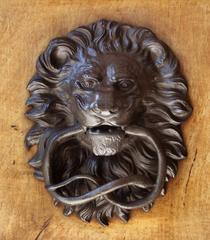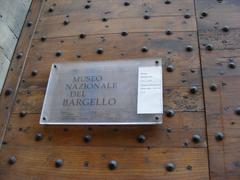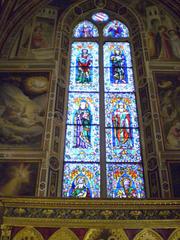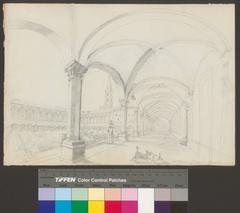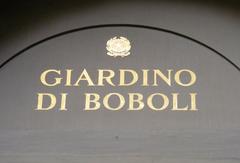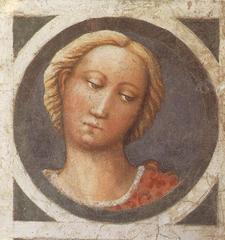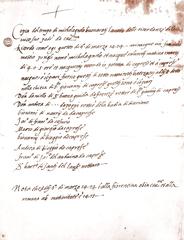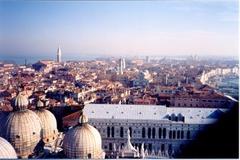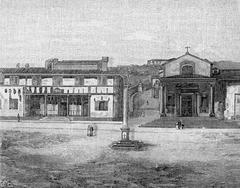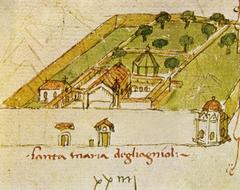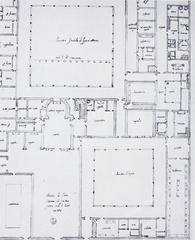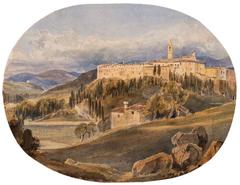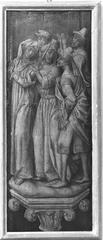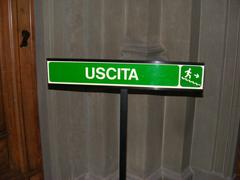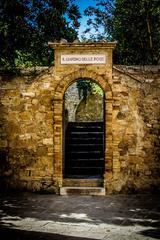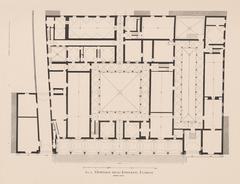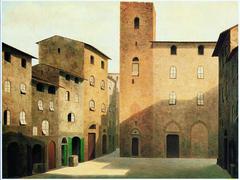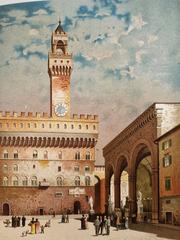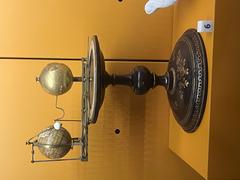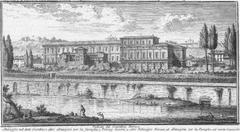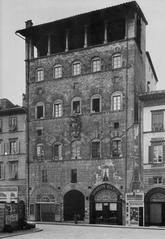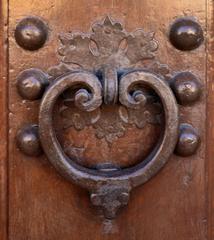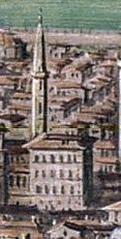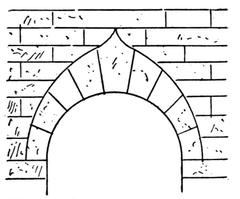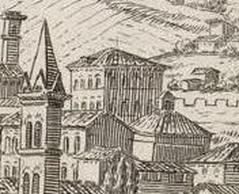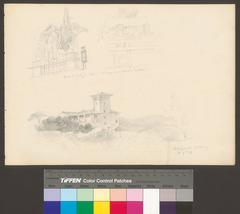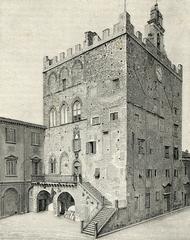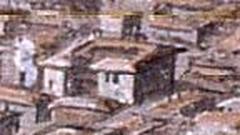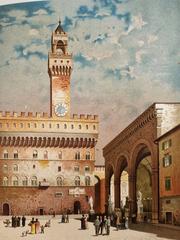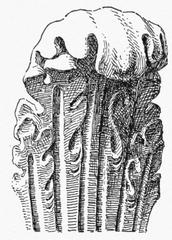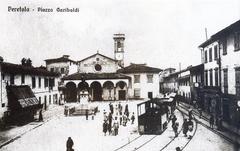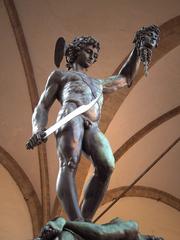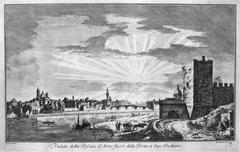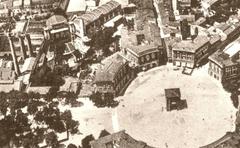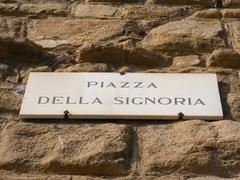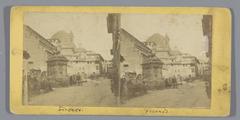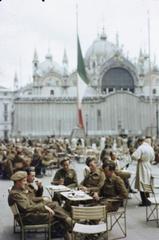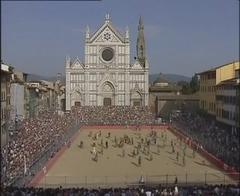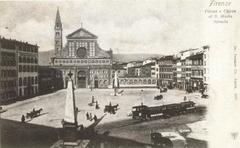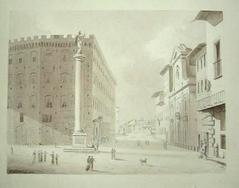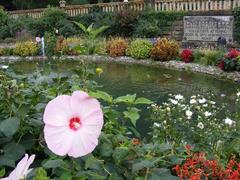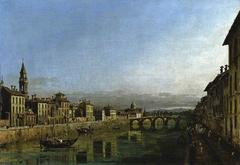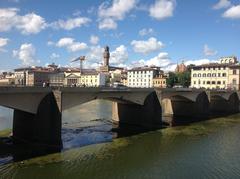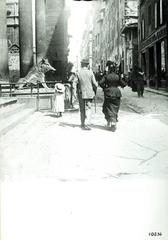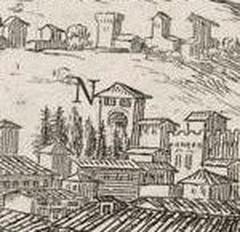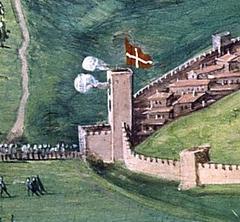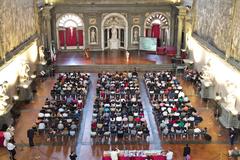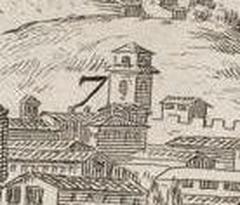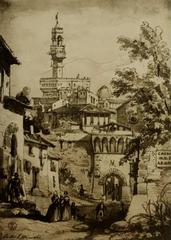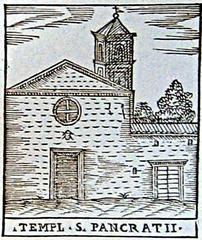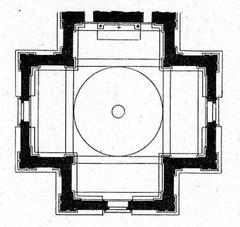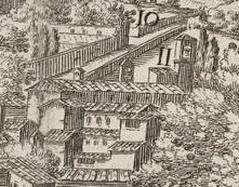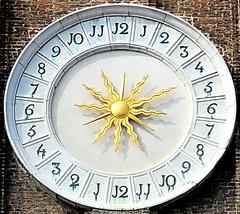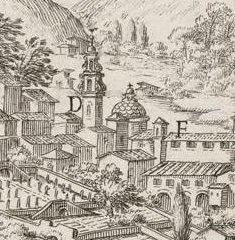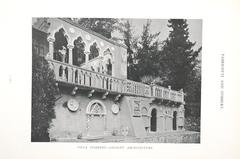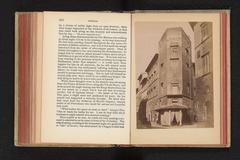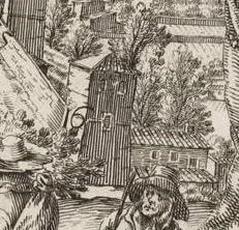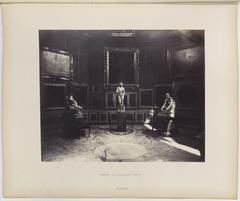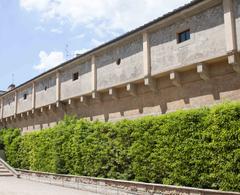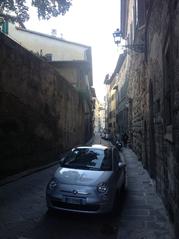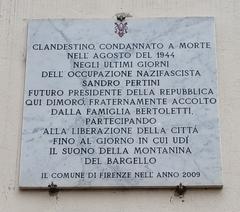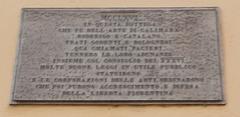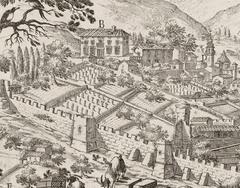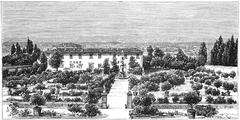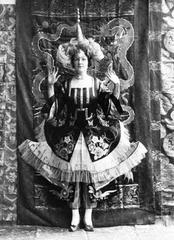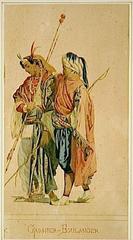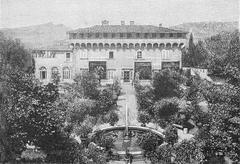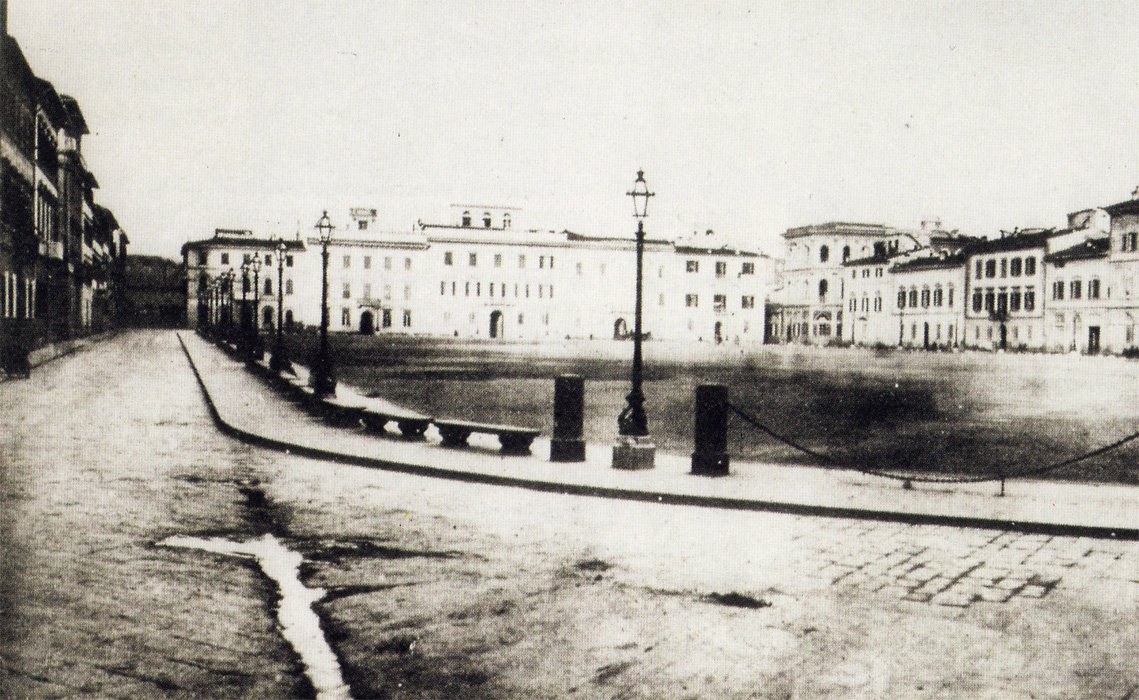
Complete Visitor Guide to Piazza della Indipendenza in Florence
Publication Date: 18/07/2024
Introduction
Welcome to Piazza della Indipendenza, a remarkable historical and cultural landmark nestled in the heart of Florence, Italy. This guide is designed to provide you with a comprehensive overview of the piazza’s rich history, practical visitor information, and tips to enhance your experience. Piazza della Indipendenza is not just a geographical center; it’s a vibrant tapestry woven from centuries of history, from its origins in the Roman era to its transformation during the Renaissance and its modern-day significance. Whether you are a history enthusiast or a curious traveler, this guide will help you uncover the layers of Florence’s past and present that converge in this iconic square. (Visit Florence)
Contents Overview
- Introduction
- Historical Background
- Roman Origins and Medieval Transformation
- From Religious Center to Public Space
- The Medici Influence and the Birth of a Square
- The Risanamento and the Creation of Piazza della Indipendenza
- A New Era for Piazza della Indipendenza
- Visitor Information
- Visiting Hours and Tickets
- Travel Tips
- Nearby Attractions and Accessibility
- Nearby Attractions
- Accessibility
- Special Events and Photographic Spots
- FAQ
- Conclusion and Call to Action
Historical Background
Roman Origins and Medieval Transformation
During the Roman era, Florence, then known as Florentia, was a strategically located Roman colony. Piazza della Indipendenza occupied the northwestern quadrant of this colony, positioned near the intersection of the main axial roads, the cardo and the decumanus. Archaeological evidence suggests the presence of important Roman structures in the area, including baths and a theater.
As the Roman Empire declined, Florence, like many other Roman cities, underwent a period of transformation. The once-grand Roman structures fell into disrepair, and the city contracted in size. During the Middle Ages, the area that is now Piazza della Indipendenza became a densely populated neighborhood with narrow, winding streets, a stark contrast to its organized Roman past.
From Religious Center to Public Space
The Middle Ages also saw the construction of several religious buildings in and around the piazza. The most notable of these was the Convent and Church of Santa Maria Novella, whose construction began in the 13th century. The presence of this significant religious complex greatly influenced the character of the surrounding area.
By the 14th century, Florence was experiencing a period of economic and cultural growth. This prosperity led to urban development projects, and the area around Santa Maria Novella began to transform. The piazza, then known as Piazza Santa Maria Novella, gradually evolved from a cramped medieval space into a more defined public area.
The Medici Influence and the Birth of a Square
The powerful Medici family, who ruled Florence for much of the Renaissance, played a significant role in shaping the piazza. Under their patronage, the area around Santa Maria Novella underwent further development. The construction of grand palaces and gardens by wealthy Florentine families contributed to the evolving character of the piazza.
However, it was not until the 19th century that Piazza della Indipendenza took on its current form. In the 1860s, Florence underwent a major urban renewal project during its brief period as the capital of the newly unified Kingdom of Italy (1865-1871). This project, known as the Risanamento, aimed to modernize the city and erase its medieval past.
The Risanamento and the Creation of Piazza della Indipendenza
The Risanamento project had a profound impact on Piazza della Indipendenza. The old medieval quarter surrounding the piazza was demolished to make way for a grand, open space inspired by the wide boulevards of Paris. This demolition, while controversial, aimed to improve sanitation and create a modern city center.
The newly created Piazza della Indipendenza was designed by architect Giuseppe Poggi, who envisioned a space that would celebrate Italian unification. The piazza was named in honor of Italy’s independence from foreign rule. At the center of the piazza, a triumphal arch, the Arco di Trionfo, was erected to commemorate the entry of King Victor Emmanuel II into Florence in 1865.
A New Era for Piazza della Indipendenza
The creation of Piazza della Indipendenza marked a turning point in the history of the area. The piazza became a symbol of modern Florence, a stark contrast to the medieval city that once stood there. The grand buildings that line the piazza, constructed in a neoclassical style popular at the time, reflect this new era.
Despite the dramatic changes brought about by the Risanamento, Piazza della Indipendenza retains echoes of its past. The imposing facade of Santa Maria Novella still dominates one side of the piazza, a reminder of the area’s long religious history. Additionally, remnants of the Roman city can still be found beneath the modern streets, hidden beneath layers of history.
Visitor Information
Visiting Hours and Tickets
Piazza della Indipendenza is open to the public 24/7, with no entry fee. However, certain attractions within the square, such as the Church of Santa Maria Novella, have specific visiting hours and may require tickets. It is advisable to check the official websites for the most up-to-date information.
Travel Tips
- Best Time to Visit: Early mornings or late afternoons are ideal for avoiding the crowds and capturing beautiful photographs.
- Transportation: The piazza is well-connected by public transport, including buses and trams. It is also within walking distance from major attractions like the Florence Cathedral and the Uffizi Gallery.
- Guided Tours: Consider joining a guided tour to gain deeper insights into the historical significance of the area.
Nearby Attractions and Accessibility
Nearby Attractions
- Santa Maria Novella: A stunning example of Gothic architecture, located just adjacent to the piazza.
- Florence Cathedral: Also known as the Duomo, this iconic landmark is a short walk away.
- Uffizi Gallery: One of the most famous art museums in the world, showcasing masterpieces from the Renaissance.
Accessibility
Piazza della Indipendenza is wheelchair accessible, with smooth pathways and ramps. Public transportation options are also available for those with mobility challenges.
Special Events and Photographic Spots
The piazza hosts various cultural events throughout the year, including open-air concerts and festivals. For photography enthusiasts, the triumphal arch and the facade of Santa Maria Novella provide excellent backdrops for memorable shots.
FAQ
-
Q: Are there any guided tours available?
- A: Yes, several guided tours are available that cover the historical and architectural significance of Piazza della Indipendenza.
-
Q: What are the best times to visit?
- A: Early mornings and late afternoons are the best times to visit to avoid crowds and take stunning photos.
-
Q: Is the piazza accessible for people with disabilities?
- A: Yes, the piazza is wheelchair accessible and has ramps and smooth pathways.
Conclusion and Call to Action
Piazza della Indipendenza is more than just a historical site; it’s a living testament to Florence’s layered past and dynamic present. We hope this guide has provided you with valuable insights and practical information for your visit. Don’t forget to download the Audiala app for more travel tips and updates, and explore our other related posts for a deeper dive into Florence’s rich heritage. Follow us on social media to stay updated on upcoming events and new articles. Buon viaggio!
Sources and Further Reading
- The City Walls of Florence, n.d., Visit Florence (Visit Florence)

